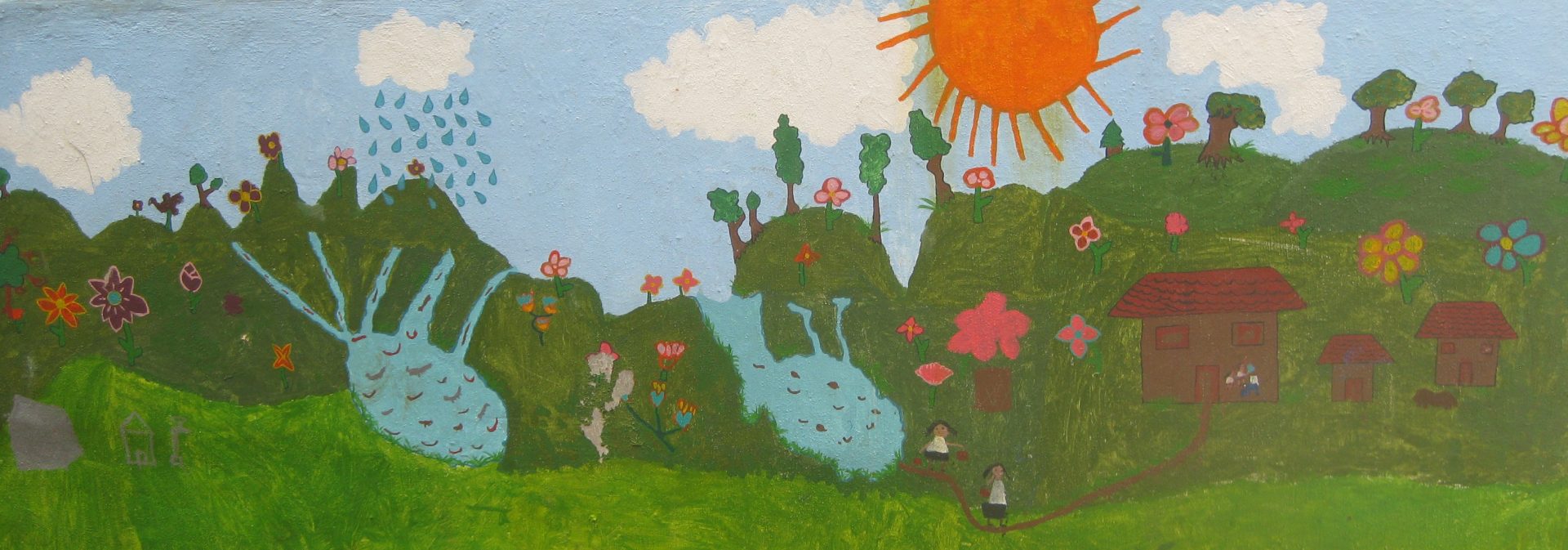Last week, Su Chen was expressing her paranoia of eating vegetables, specifically lettuce, since it is generally advised against in Mexico due to its high specific surface area and rinsing with untreated water. Dr. Loyo recalled a situation in which he used lime to disinfect his vegetables when unsure of a restaurant’s cleanliness, and even performed an experiment back at Rice with Sinead in which they found limes to be pretty effective as a disinfectant. While discussing limes with Sinead, she mentioned a couple of articles she had come across from UNAM, a university in Mexico, that presented jamaica, or hibiscus, as a better disinfectant than chlorine. This of course made all of us pretty skeptical. I don’t think the university has published their research yet (or at least I couldn’t find it), so I tried to do further research on the properties of hibiscus tea to rationalize the claim. Unfortunately, I could only find the different acids it contains, which might possibly be the reason for its disinfectant capabilities.
Sinead proposed we perform an experiment comparing lime, hibiscus, and silver as disinfectants. The silver solution we used is the commercially produced disinfectant primarily for treating vegetables but can also be used to treat water. To obtain E. coli infected water, Sinead suggested swabbing some dog poop and putting it in water, which she asked Hector, another member of the Knowledge Management team, to do for us. I guess there was some miscommunication or Hector wanted to go above and beyond his duty because he put entire chunks of poo in the water samples…so that was gross. Anyway, it ensured the presence of a significant amount of E. coli and I didn’t have to touch the samples so it was fine lol.
We combined about 299 mL of tap water and about 1 mL of the dog’s sample to create three diluted sample solutions. We took a pre-treatment sample of each bottle and then added about 18 mL of lime juice to one bottle, or about 2 small lime’s worth (note: amount added was arbitrary), 18 mL of concentrated hibiscus tea (note: an equivalent amount to lime juice added) to one bottle, and 1 drop of the commercially produced silver solution as per the instructions to the last bottle. We took another sample of each bottle immediately to observe any instantaneous effects and then took samples at 20 minutes and 18.5 hours.
- Water samples without treatment and at 0 and 20 minutes (note: purple dots = E. coli)
- Concentrated water sample for reference (we diluted this to make our sample solutions)
The results are in folks! Lime was the best at both instantaneously and after an extended period of time reducing the amount of E. coli and total coliforms in the water sample. Hibiscus tea and the silver solution had about the same effect with silver being maybe slightly more effective. Of course, duplicate experiments can and should be preformed to obtain more accurate results, but I think it’s safe to say that if you’re ever worried about the quality of your water, make yourself some limeade 🙂
-Sophia
Just to be clear, the lime juice effect might be purely bacteriostatic; i.e., bacterial growth was inhibited because of the low pH, but the bacteria are still viable and will grow if the environmental conditions change. Meaning that if there is a change you may get sick anyway.
-JL


